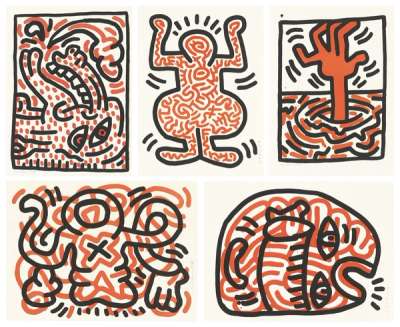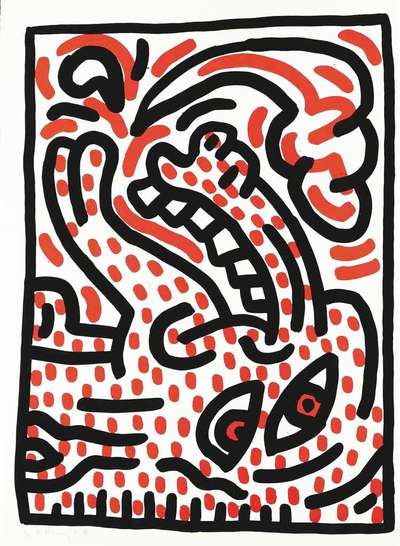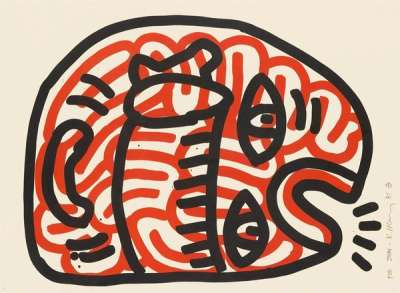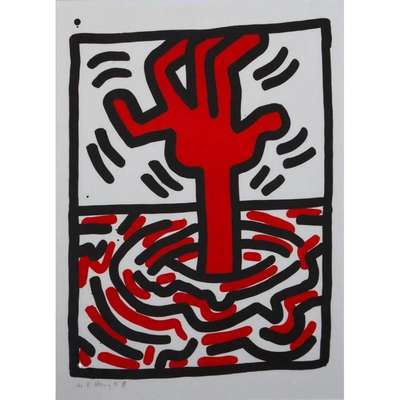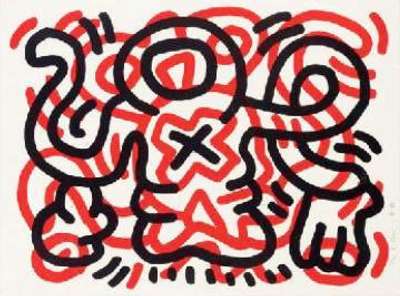
Ludo 1

Ludo 1
Signed Print
Keith Haring
£7,000-£10,500Value Indicator
$14,500-$22,000 Value Indicator
$13,000-$19,000 Value Indicator
¥70,000-¥100,000 Value Indicator
€8,500-€12,500 Value Indicator
$70,000-$110,000 Value Indicator
¥1,360,000-¥2,040,000 Value Indicator
$9,000-$13,500 Value Indicator
AAGR (5 years) This estimate blends recent public auction records with our own private sale data and network demand.
There aren't enough data points on this work for a comprehensive result. Please speak to a specialist by making an enquiry.
Medium: Lithograph
Edition size: 90
Year: 1985
Size: H 59cm x W 44cm
Signed: Yes
Format: Signed Print
TradingFloor
Track this artwork in realtime
Watch artwork, manage valuations, track your portfolio and return against your collection
Track auction value trend
Auction Results
| Auction Date | Auction House | Location | Hammer Price | Return to Seller | Buyer Paid |
|---|---|---|---|---|---|
| June 2015 | Ketterer Kunst Hamburg | Germany | |||
| May 2011 | Van Ham Fine Art Auctions | Germany |
Meaning & Analysis
This striking lithograph by Keith Haring is the first of five in the Ludo series. Printed on white paper, red squiggle and cross designs fill the black outline of this central figure. The figure raises its arms high. In a departure from his usually narrow stick figures, this subject’s hips extend outward as wide as the feet and hands. Haring’s characteristic energy marks emanate from the head, elbows and feet, giving the standing figure a sense of movement. This reflects the motion of the chaotic red interior. The limited colour palate characterises much of Haring’s work and is most reminiscent of his Free South Africa series from the same year.
Ludo 1 is the only truly figurative image in the series. Dominated by the colour red, the following prints of the Ludo series depict eyes, limbs, and other body parts in abstracted forms. The series’ simplified forms, like Haring’s other work, betrays the influence of the Pop Art movement and a childhood filled with Dr. Seuss, Disney, and Looney Tunes. However, the Ludo series comes at a moment of transition for Haring. As the AIDS epidemic overtook his community in the mid-1980s, Haring’s artwork reflected his increasing involvement in advocacy for the disease.
